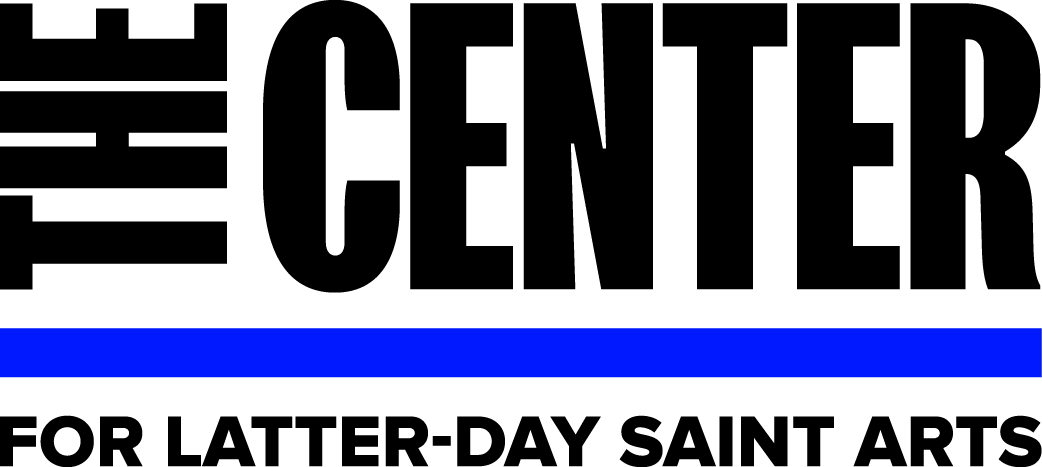Emma Hale Smith on the Stage: The One Woman Play
Christopher James Blythe
Made possible by a grant from the Center for Latter-day Saint Arts, Art for Uncertain Times.
Carol Lynn Pearson as Emma Hale Smith in Mother Wove the Morning. Used with Permission.
It was the arts that resurrected and reformed the elect lady in the saints’ imagination…
For well over a century, Emma Hale Smith was the arch-apostate of the Latter-day Saint imagination. She had betrayed her husband, lied about plural marriage, refused to go West, and encouraged her son to take the lead of a rival church. Fast forward to the late twentieth century and the faithful had thoroughly embraced Smith as a key figure among the early righteous. Emma’s redemption began slowly as Latter-day Saint writers took care to emphasize her contributions to the faith while paying less attention to what had been considered her mistakes. While historians and church leaders paved the way for this reorientation, it was the arts that resurrected and reformed the Elect Lady in the Saints’ imagination. Beginning in the 1970s, there were a series of theatrical performances, multiple works of art, and a handful of popular books devoted to presenting Emma Hale Smith in a kinder light. Thom Duncan’s The Prophet and later Buddy Youngreen’s Yesterday and Forever brought the story of Emma and Joseph’s love affair to the stage in the mid-1970s. These productions were part of what scholar and playwright Mahonri Stewart has called the “‘boom period’ of Mormon drama in the 1970s.”
In this essay, I turn our attention in a different direction to the burgeoning genre of theatrical monologues – the solo performance. Specifically, I document the one-woman plays that brought audiences face to face with a sympathetic Emma Hale Smith who beckoned for their understanding. There is, of course, something very “Mormon” in the four women I will discuss here taking on the identity of Emma Hale Smith—becoming her “proxy”—in order to provide her with redemption. —Christopher James Blythe, 2020
Christopher James Blythe
received his Ph.D. in American Religious History from Florida State University in 2015, and currently holds positions with the Joseph Smith Papers and the Neal A. Maxwell Institute for Religious Scholarship at Brigham Young University. His book, Terrible Revolution: Latter-day Saints and the American Apocalypse looks at 200-years of Latter-day Saint engagement with last days prophecy. He is also currently finishing a book entitled, A Season of Apocalyptic Writing in Dystopia USA. Inspired in part by Daniel Defoe’s fictionalized history, A Journal of the Plague Year, which chronicled the Great Plague of London in 1665, it looks at American society during the current era of pandemic and widespread anxiety.
Blythe’s work has appeared in a variety of academic journals, including the Journal of Religion, the Journal of the Bible and Its Reception, Nova Religio: The Journal of Alternative and Emergent Religion, Communal Societies, Religion Compass, BYU Studies Quarterly, Journal of Book of Mormon Studies, Material Religion: A Journal of Objects, Art, and Belief, Journal of Mormon History, and several others. He has published shorter essays for a popular audience at Juvenile Instructor, Maxwell Institute blog, Public Square, Sightings, Religion Dispatches, and the Utah Historical Association blog. He is also an editor on three volumes of the Joseph Smith Papers.


